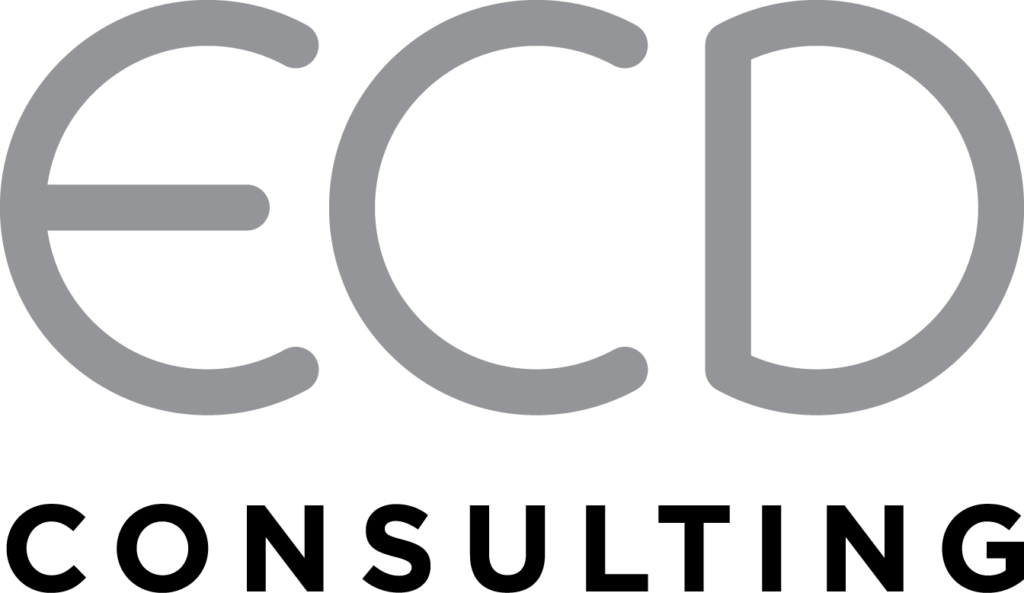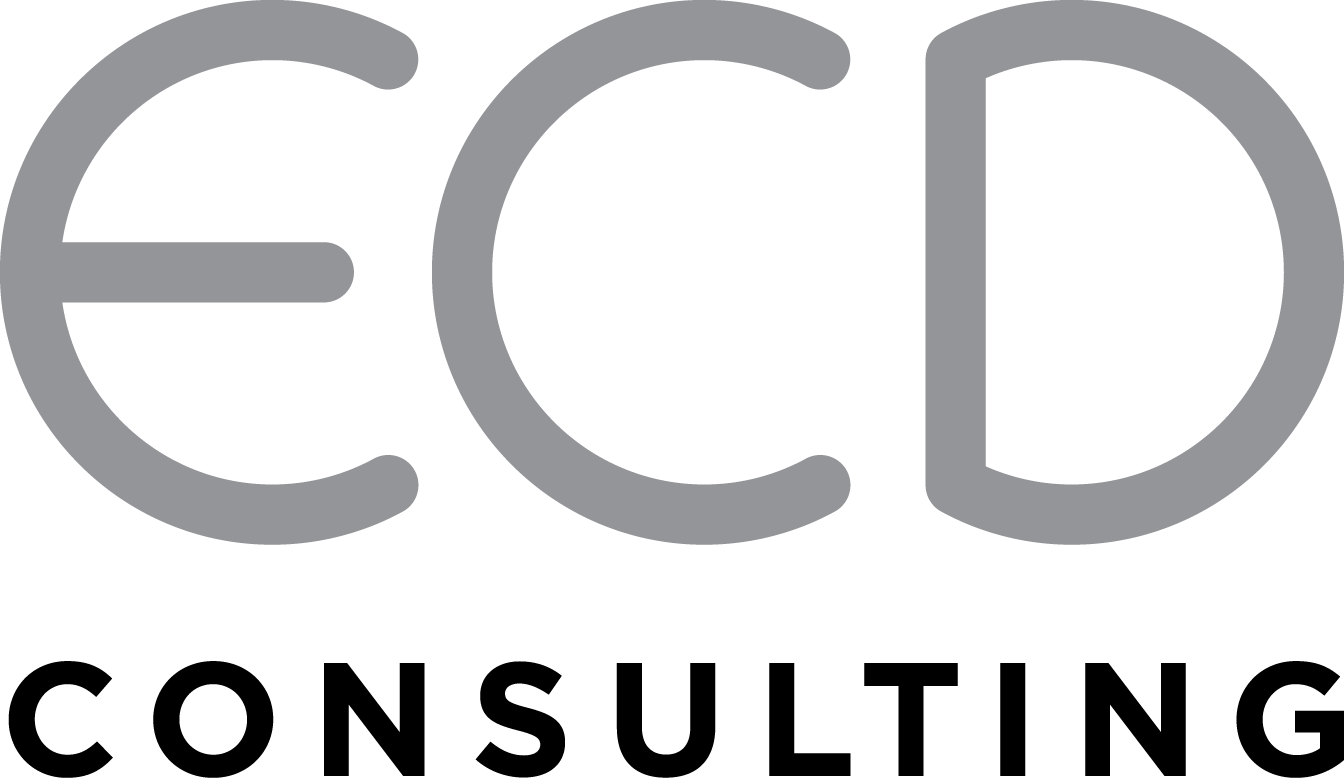“Please, speak as you might to a young child…or a golden retriever. It wasn’t brains that got me here, I can assure you of that.”
Without a doubt, that is the best line from 2011 drama, Margin Call. Jeremy Irons, playing the CEO of a thinly veiled fictionalised Lehman Brothers, says these words with the Cheshire Cat grin of a billionaire who just landed his helicopter on the top of the office building for a 3am emergency board meeting to learn about how the bank is on the brink of collapse.
I don’t have the chutzpah or the helicopter to use this line, but it frequently flashes through my mind. Especially as of late as I’ve worked with three separate clients to take a machete to 100+slide brand plan “templates” to develop something more tenable and bottom-line focussed.
I was once a violator of what I call the Golden Retriever Rule. Back in 2012, as a consultant pup, I worked with a Boston-based oncology company to develop their annual brand plan. I cringe when I think back to those late nights and just for laughs looked back on the final deliverable. It was 114 pages long and mostly comprised of bullet points in 11-point Arial font. The Executive Summary was nearly 20 pages. The “Challenges” section was eight excruciating pages long and there were 12 strategies to handily address them.
Over the years, I’ve developed as a consultant and as a strategic thinker and have become evangelical about the need for to-the-point presentations that simply lay out a clear strategy supported by robust yet tight facts in plan, jargon-free terms.
One would think in the era of Tweets, texts and posts, as a whole, we’d be getting better at distilling down our thoughts simply and with brevity. Alas no. I’ve pinpointed a few reasons why this might be the case:
- You get what you pay for.
When you pay consultants big bucks to build templates, you’re going to get lots of templates. Such partners rarely think beyond the deliverable. Who is going to use these templates? Do they have the capacity and skillset to keep them current? - It’s hard to kill (slide) babies.
Let’s be honest, building slides is punishing work. It’s hard to let them go. - It’s harder to explain things succinctly. Enough said.
- Presentations aren’t written with the audience members’ needs and interest at the fore. A senior audience typically just needs to know: What’s the opportunity? And how much is it going to cost?
Why did Iron’s character want to be spoken to like a golden retriever in the most crucial board meeting before the bank’s glorious collapse? Because he didn’t have the time, patience, or expertise to absorb and act on mind-numbing details and reams of data. I would like to see more organisations challenge their employees and their third parties to subscribe to my Golden Retriever Rule and replace presentation-building time with critical thinking time. Meetings would become less about “the deck” and more about the dialogue, debate, and ultimately driving the best strategic outcomes for the business.


